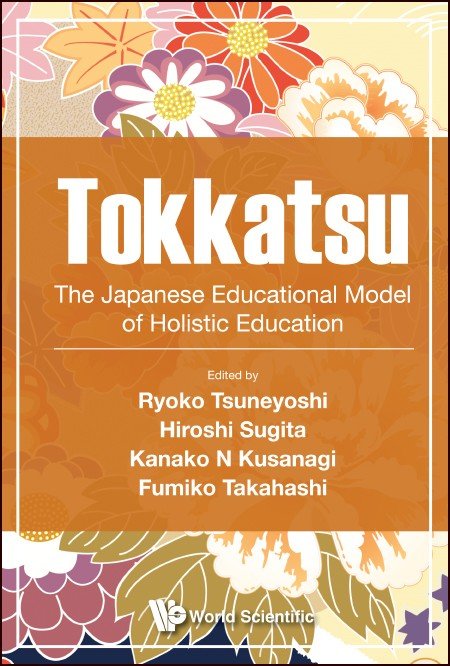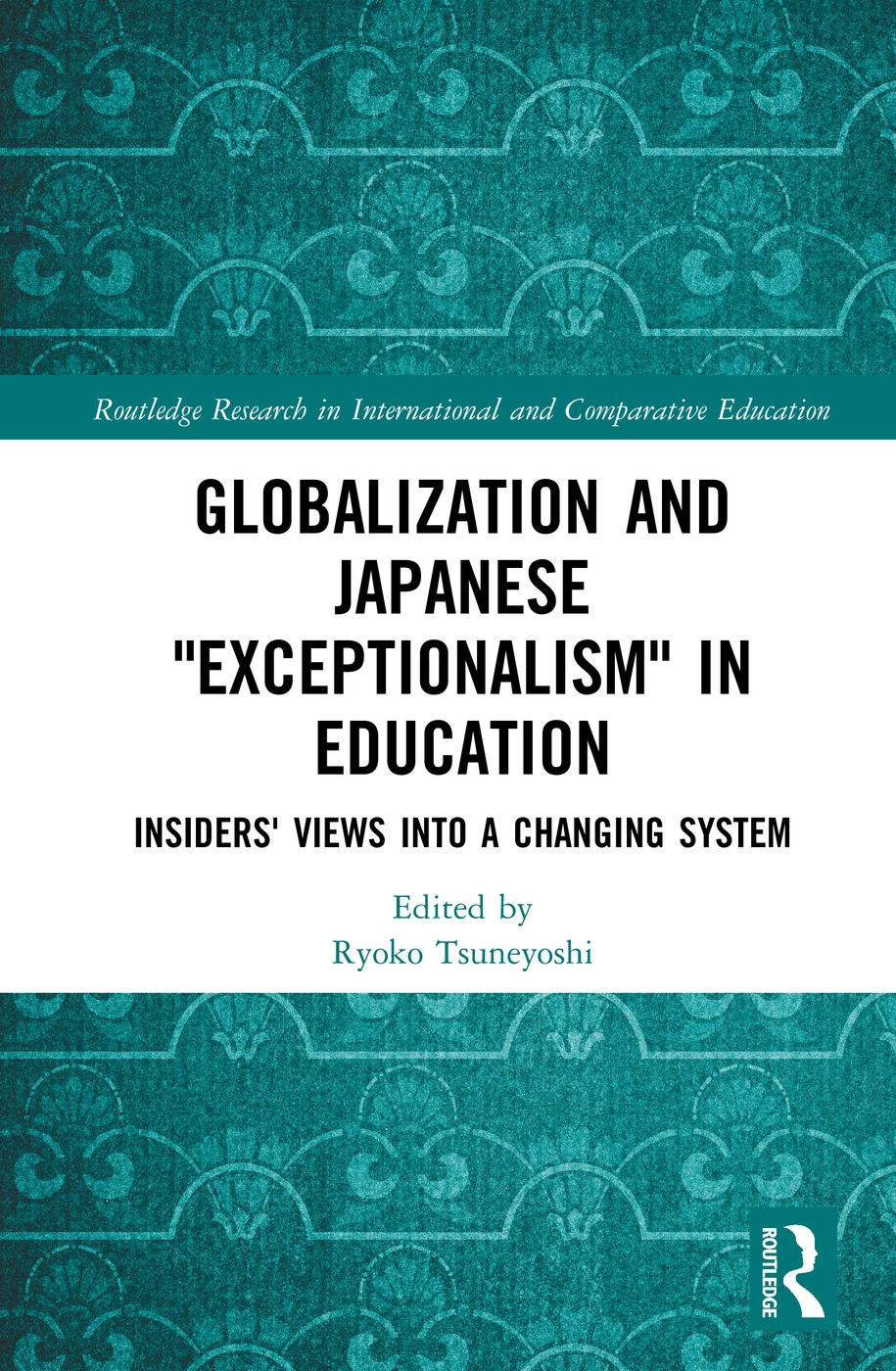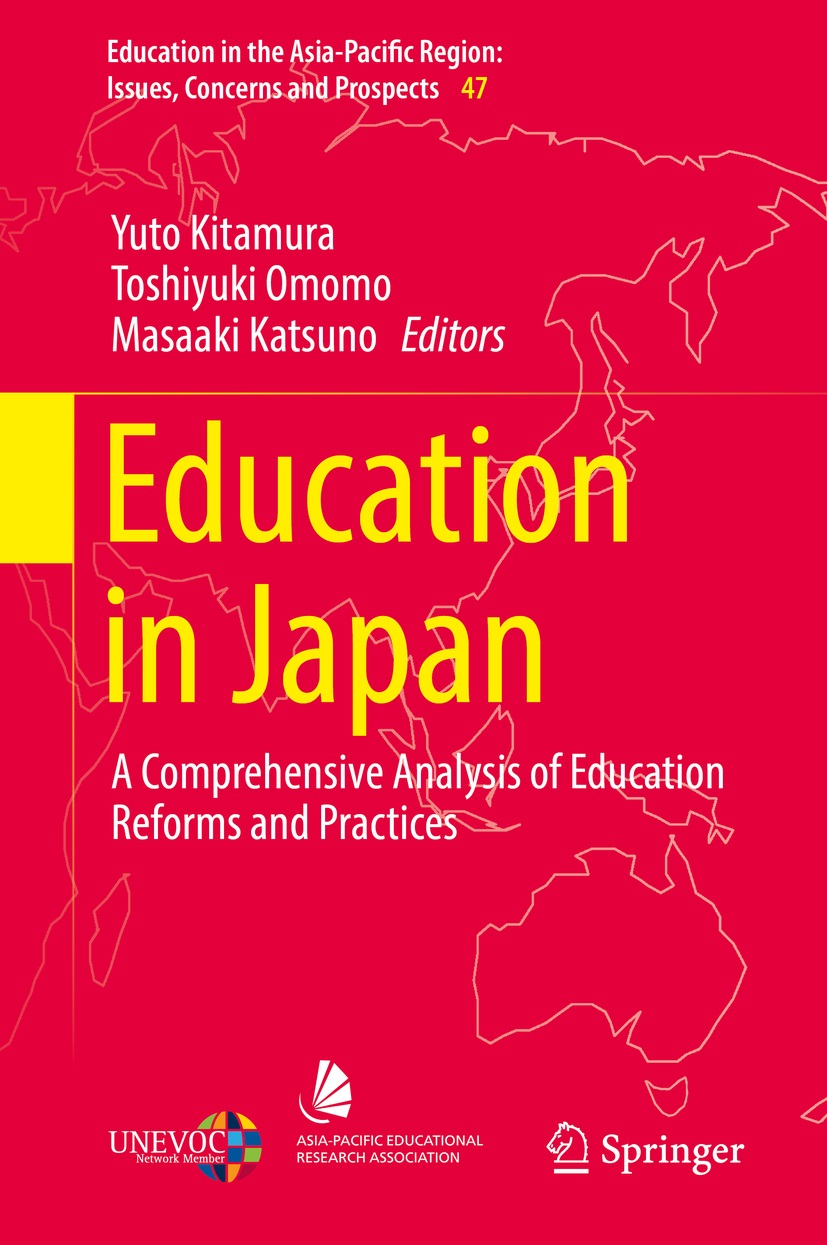教育改革の領域でもグローバル化が進む今日、「先進的」だとされる国の教育モデルが広範に各国の教育改革で参照されている。日本はアジアの先進国、OECDのPISAやIEAのTIMSS等の国際学力テストで継続的に高得点を取ってきた国として知られ、モデルが参照されている。
従来の国際的に参照されてきた日本の教育モデルとしてはレッスン・スタディ(授業研究)が有名であるが、2015年頃からtokkatsuモデルが日本型教育モデルとして海外に展開されてきた。大きな契機となったのが、JICAの支援によるエジプトでのtokkatsuモデルの展開である。Tokkatsu plusとして全国に展開され、また、東南アジア等でも展開の広がりが見られる。
日本の学校教育の大きな特徴は、教科でないが教育的意義が高い学習領域を、特別活動等として公のカリキュラムに取り込み、統合的に扱ってきたことである。その結果、教育目標を全人的な枠組みで設定してきた。
こうした枠組みと取り組みが、国際的に非認知的スキルや社会情動的な教育 (social and emotional learning)、協働性等が再評価され、21世紀に不可欠だとされる中で、注目されているのである。OECDのPISAで2015年、非認知的スキルに注目し、協働的問題解決能力のテストを始めたのは、こうした国際的な非認知的スキル等の見直しの機運が進んでいることを象徴している。
いずれにせよ、tokkatsuに対する国際的な関心が広がる中で、多くの成果をもたらしながらも、教材が圧倒的に不足し、多くの誤解が生じているのも確かである。本書は、tokkatsuモデルの研究や実践に関わってきた執筆者が国際モデルとしての「日本型」教育モデルtokkatsuの特徴が何であり、強さと課題が何であるのかを多面的に扱った最初の英語での書である。海外では日本の特別活動の中で当番活動、給食や掃除が注目されやすいが、本書では意図的に多様な領域(例 防災、学級会)や教師の協働的学びを支える仕組みやそこに「特別活動」だけでなく、総合的な学習の時間等も活用されながら作り出される全人的な学習の枠組みを示そうとしている。さらには、最初に国際化した代表的な「日本型」教育モデル、レッスン・スタディについても扱っている章が入っている。
本書は海外においてtokkatsuモデルが展開される中で、現在存在している研修材料等の断片的なものではなく、まとまった書がほしいという海外の教育関係者の声を受けてまとめたものであり、英語での最初の書として、大学関係者と教員・教育政策関係者への双方に向けて書かれている。
(紹介文執筆者: 教育学研究科・教育学部 教授 恒吉 僚子 / 2019)
本の目次
About the Editors vii
About the Authors ix
Part I The Framework
Chapter 1 The Tokkatsu Framework: The Japanese Model of Holistic Education (Ryoko Tsuneyoshi)
Chapter 2 The Essentials of Tokkatsu (Hiroshi Sugita)
Chapter 3 Tokkatsu for Cultivating Pupils/Students’ Talents and Abilities Necessary to Live in a Future Society (Shino Takatsu)
Part II Examples of Tokkatsu Practices
Chapter 4 Safety and Disaster Prevention Education as Education for Life (Ryoko Tsuneyoshi)
Chapter 5 Safety Education in a Global Age: The Case of a Public Night Junior High School in Japan (Maiko Sumino)
Chapter 6 Tokkatsu as the Core of Career Education (Ryoko Tsuneyoshi)
Chapter 7 Classroom Activities on Cleaning and Lunch: Tokkatsu Series DVD (Fumiko Takahashi and Ryoko Tsuneyoshi)
Chapter 8 Tokkatsu-Like Activities in Japanese Corporations (Shino Takatsu)
Chapter 9 Implications of Comparing School Cleaning Across Educational Contexts: Interpretation and Practice in Japan, Taiwan, and Singapore (Kanako N. Kusanagi, Fumiko Takahashi, Chun-Yi Tan and Ryoko Tsuneyoshi)
Chapter 10 Tokkatsu Group Stayovers as Education for Life (Kazuhiko Nambu, Wataru Ino, Shino Takatsu and Ryoko Tsuneyoshi)
Chapter 11 Seitokai: Student Committee of Secondary Schools in Japan (Yutaka Ochi)
Chapter 12 Japanese Essay Writing for Life Education: The Case of C Secondary School (Yutaka Ochi and Ryoko Tsuneyoshi)
Chapter 13 Teacher Learning and the Kenkyukai: The Japanese Model of Collaborative Teacher Research (Kazuhiko Nambu)
Chapter 14 “Group-Making” Matsubara Style (Kokichi Shimizu)
Chapter 15 Tokkatsu Reform: Learning Better Together (Kazuaki Iwabuchi, Aiko Komoto and Hiromi Shimizu)
Chapter 16 Rebuilding the Community Through Education: The Case of Futaba Future School in Fukushima (Maiko Sumino)
Part III The Japanese Model of Schooling as an International Model
Chapter 17 Tokkatsu Plus in Egypt: Extending the Tokkatsu
Concept (Shinichiro Tanaka)
Chapter 18 Lesson Study in Singapore (Edmund Lim)
Chapter 19 Transformation of Lesson Study in Indonesia: From Government-Assisted Projects to Professional Learning Communities (Kanako N. Kusanagi)
Chapter 20 Education Reforms in the National Institute of Technology (KOSEN) (Hidenori Isami)
Chapter 21 Interview With Professor Hideyuki Horii:
Human-Centered Innovation at i.school Is the Key to Educate Students for Creating New Values in New Ways (Shino Takatsu)
Chapter 22 Concluding Remarks (Ryoko Tsuneyoshi)



 書籍検索
書籍検索




